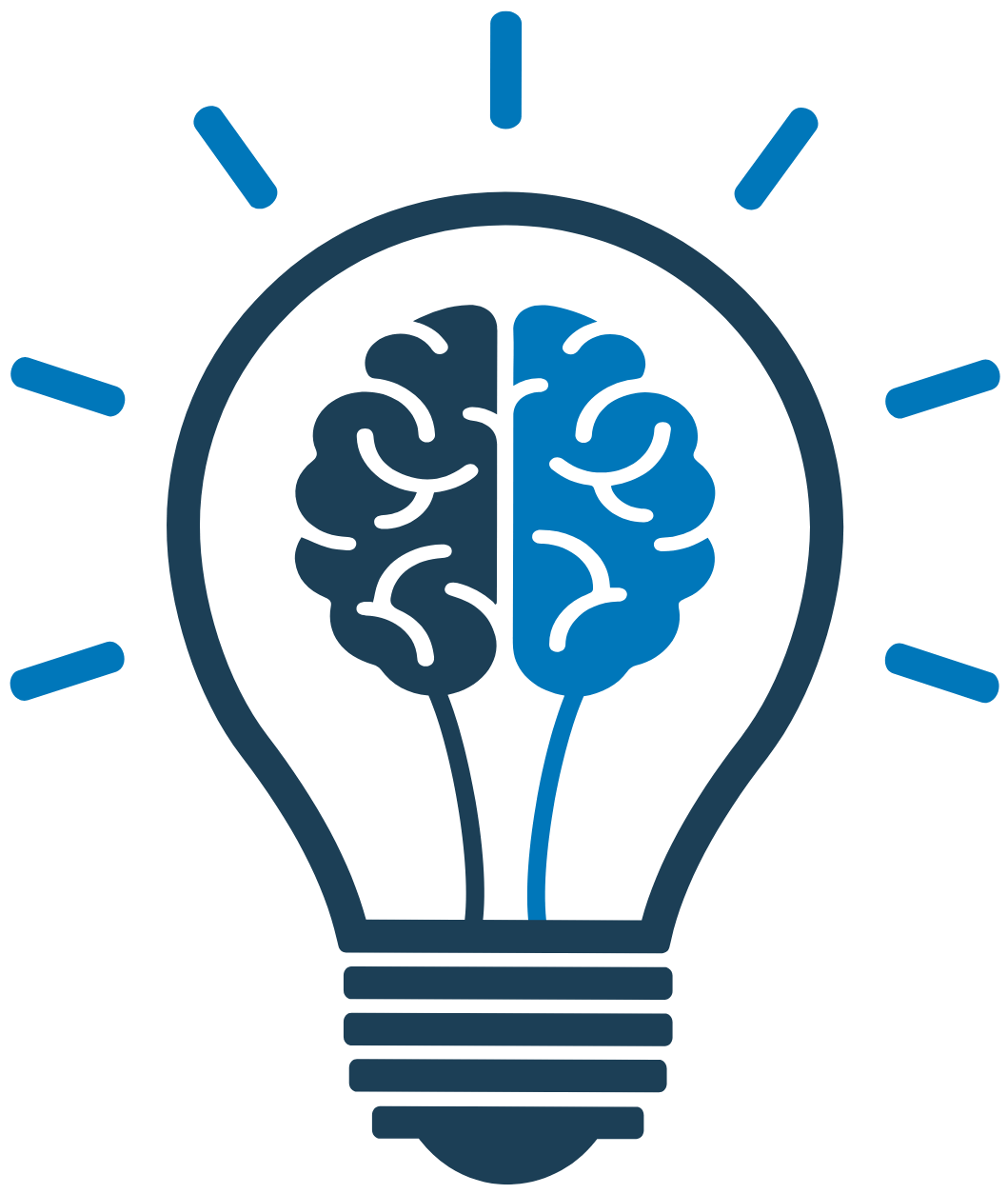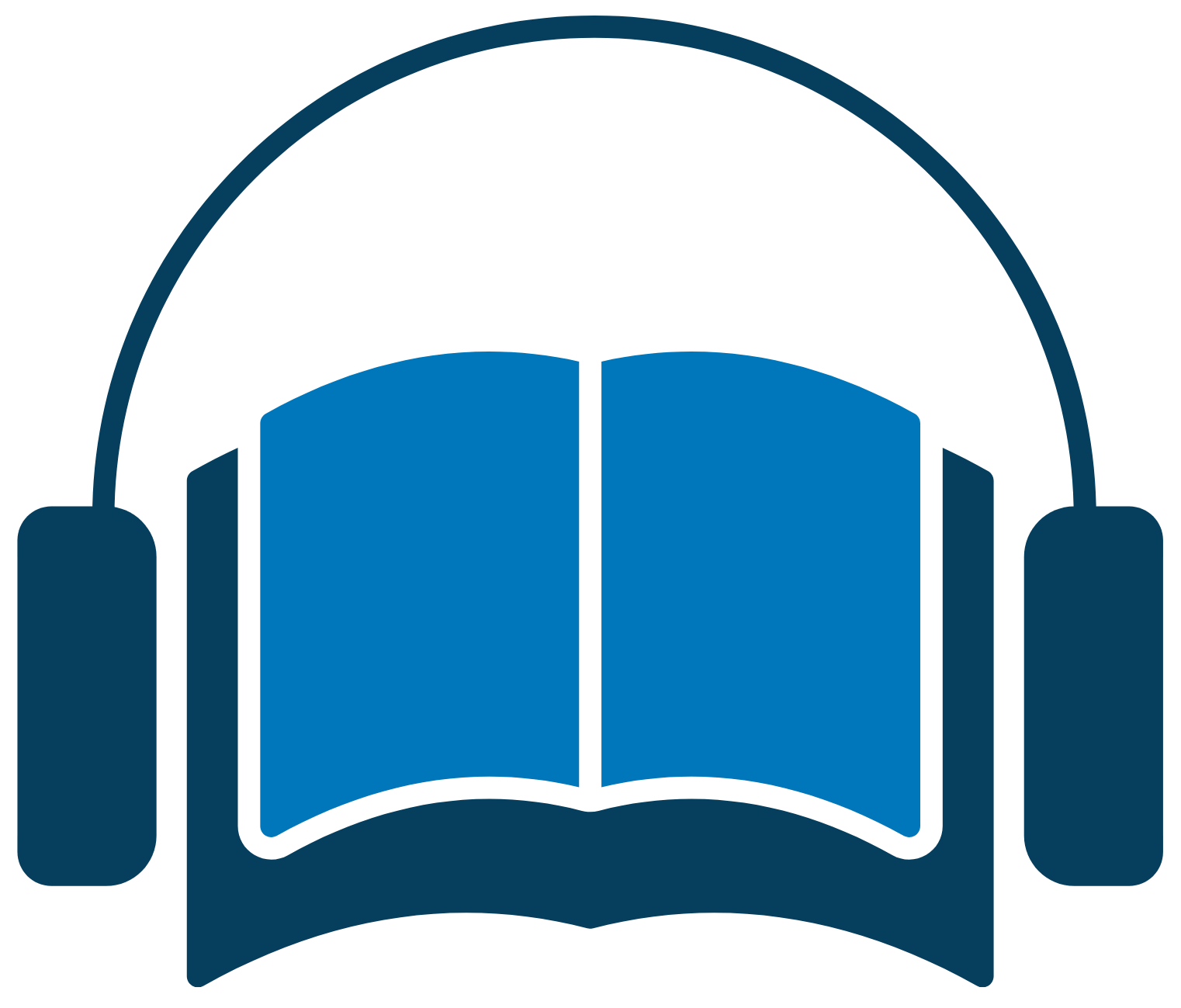- Published
- July 2020
- Page Count
- 902
- ISBN (Digital)
- 978-1-4533-3567-3
Sexuality and Our Diversity: Integrating Culture with the Biopsychosocial


Version 2.1
By Marcus Tye
Included Supplements
Key Features
- Includes COVID-19 Updates.
- Contemporary focus on interactions of biological, individual psychological, social, and cultural factors that underpin human sexuality and sexual expression.
- Written for learners with varying levels of preparation and interest in the subject.
- Global/comparative coverage, such as drawing parallels between gender roles, economic circumstances, and health in many countries, including the U.S.
- Flexible fifteen-chapter, modular organization facilitates adding, removing, or rearranging large portions of material or even a sentence or word to align easily with semester, quarter, or accelerated courses and various teaching approaches.
- Infuses LBGTQ+ cultural variations, inclusion, and equity throughout the main narrative, not as marginalized feature boxes or in a single “diversity” chapter.
- Each chapter contains learning objectives, interim summaries called “Key Takeaways,” key terms, exercises/discussion questions, and recommended resources. Engaging, embedded video links to free or open sites facilitate flipped classroom models and online course discussions.
- Useful instructor materials provide support for online courses, including additional exercises and discussion questions (often with hyperlinks) and PowerPoint lecture slides featuring art from the book.
Students
- Online Access Price
- $33.95
- Color Printed Textbook with Online Access Price
- $60.95
Sexuality and Our Diversity: Integrating Culture with the Biopsychosocial, v. 2.1 is suitable for human sexuality courses taught primarily in psychology departments. May also be appropriate for human sexuality courses taught in human development, family studies, nursing/allied health, personal health, and sociology departments. Appropriate for courses taught at the undergraduate level at two- and four-year colleges and universities and at the graduate level.
Sexuality and Our Diversity: Integrating Culture with the Biopsychosocial, v. 2.1 takes an integrated approach to exploring the complex dimensions of biology, culture, psychology, sociology, history, and philosophy that explain human sexual diversity. The author contextualizes specific topics, such as sexually transmitted infections, in a broader picture of comprehensive sex education and public policy, access to healthcare, and economic equality. Topics build from basic to advanced to support less well-prepared students while keeping those with prior coursework fully engaged.
New in This Version
- Version 2.1 includes information about COVID-19
- Examines the coronavirus as a common threat to humanity and how it is experienced in similar and different ways depending on geographic region, race, and socioeconomic status both globally and within the U.S.
- Discusses the impact of social distancing and economic insecurity on relationships, desire, dating, safer sex, cybersex, intimate partner violence, sexual aggression, future trends, and more.
- Reflects the recent updates in Version 2.0
- Over 1,000 discrete revisions, including new content, updated research, new or refreshed links, and revised exercises.
- Over 300 video hyperlinks to videos and webpages to enrich online courses, engage students, and reinforce or augment many of the presented topics.
- New or revised coverage of public policy and law, genetics, neuroscience, affirmative consent, and the #MeToo movement.
Updated references to trans persons reflect preferences of the trans- and trans-affirmative communities.
- About the Author
- Acknowledgments
- Dedication
- Preface
-
Chapter 1: Perspectives on Sexuality in a Cultural and Historical Context
-
Chapter 2: Studying Sexuality: Research Methods and Challenges
-
Chapter 3: Sexual Bodies: Anatomy and Physiology
-
Chapter 4: Gender Identity and Sex Development
-
Chapter 5: Attraction, Arousal, Response, and Sexual Orientation
-
Chapter 6: Sexual Relationships, Love, and Communication
-
Chapter 7: Sexual Behavior Across Cultures
-
Chapter 8: Gender and Sexuality Across the Lifespan
-
Chapter 9: Variations in Sexual Behavior: Kinks, Fetishes, and Paraphilias
-
Chapter 10: Fertility, Contraception, and Abortion
-
Chapter 11: Pregnancy, Childbirth, and Parenthood
-
Chapter 12: Sexual Difficulties, Dysfunctions, and Treatments
-
Chapter 13: Sexually Transmitted Infections and Prevention
-
Chapter 14: Sexual Aggression and Coercion
-
Chapter 15: Sex as a Commodity and the Regulation of Sexuality

FlatWorld Homework
FlatWorld Homework includes multi-format questions written specifically for your FlatWorld book, which you can access through our stand-alone interface or integrate with your learning management system.

Instructor’s Manual
The Instructor’s Manual guides you through the main concepts of each chapter and important elements such as learning objectives, key terms, and key takeaways. Can include answers to chapter exercises, group activity suggestions, and discussion questions.

PowerPoint Lecture Notes
A PowerPoint presentation highlighting key learning objectives and the main concepts for each chapter are available for you to use in your classroom. You can either cut and paste sections or use the presentation as a whole.

Test Generator - powered by Cognero
FlatWorld has partnered with Cognero, a leading online assessment system, that allows you to create printable tests from FlatWorld provided content.

Test Bank Files for Import to Learning Management Systems
For your convenience, we've packaged our test items for easy import into Learning Management Systems like Blackboard, Brightspace/D2L, Canvas, Moodle, or Respondus.

Test Item File
Need assistance in supplementing your quizzes and tests? Our test-item files (in Word format) contain many multiple-choice, fill-in-the-blank, and short-answer questions.
At FlatWorld, we take pride in providing a range of high-quality supplements alongside our titles, to help instructors teach effectively. Supplements are available for instructors who have registered their adoption with us. If you need to review or preview something specific, please contact us.
Already registered? Sign in here.
Additions & Errata
12/16/21:
Section 5.6:
Under the “Laws, Psychiatry, and Sexual Orientation From the 19th to the 21st Centuries” section, the paragraph regarding the Pride flag was updated with new information and an image of the flag (Figure 5.5).
Section 6.1:
Under the “COVID-19 and Dating” subsection, the third paragraph was updated with new information regarding COVID-19 vaccines.
Under the “'We’re All in This Together.' Or Are We?” section, both paragraphs were updated with new information on vaccines and returning to in-person instruction in Fall 2021.
Exercises and discussion question #3 was updated.
Section 7.4:
The last paragraph under the “COVID-19 and Sexual Behavior” section was updated with new information regarding vaccination.
Section 8.4:
Under the “Demographic Gender Differences: Lifespan, Race, and Ethnicity and COVID-19” section, information about COVID-19 rates among men and women was updated in the ninth paragraph.
Section 13.3:
Learning objective #7 was updated and learning objective #8 was added.
Under the “COVID-19: A Novel Coronavirus and a New Global Pandemic” section, the third paragraph was updated with information on a pandemic versus an endemic and the lack of COVID-19 immunization across the world. The last paragraph in this section also now mentions vaccines.
In the Key Takeaways, the second bullet was updated with new information on vaccines and mutations.
Section 13.5:
The “Safer Sex and COVID-19 (and Safer Everyday Living)” section is now titled “Safer Sex, COVID-19, Vaccines (and Safer Everyday Living)”. This entire section was updated to include new information on masking, vaccination, and other precautions.
Exercises and discussion question #4 was updated.
2/27/25:
Broken video in chapter 11.1 replaced ("Is Male Fertility in Crisis?") and broken video in chapter 12.4 removed ("My Husband Has Sexsomnia")
